Images Of Neptune
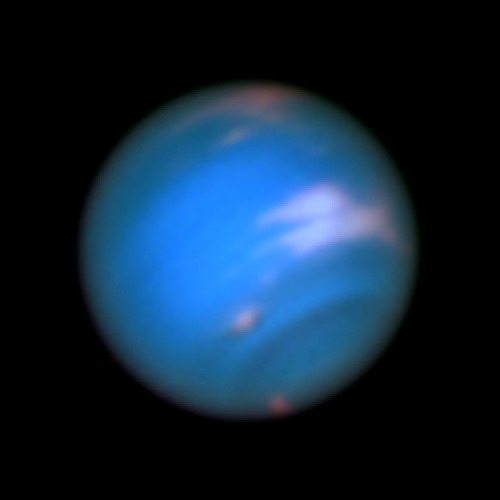
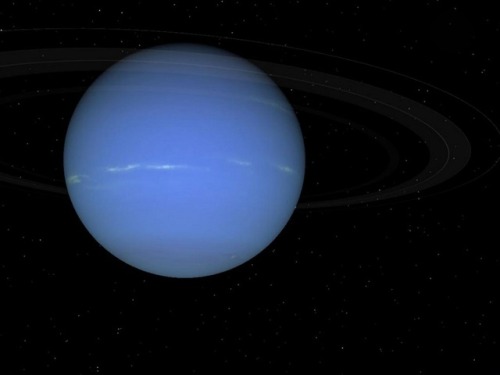
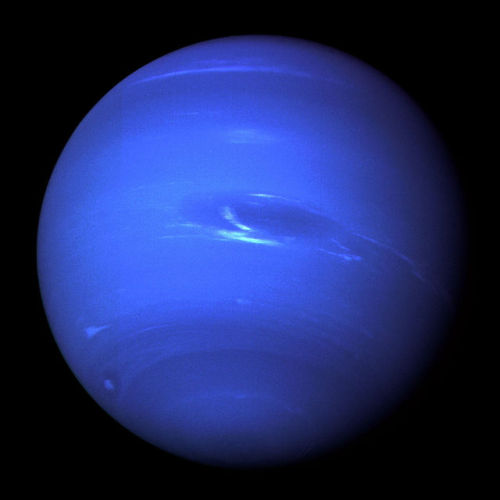
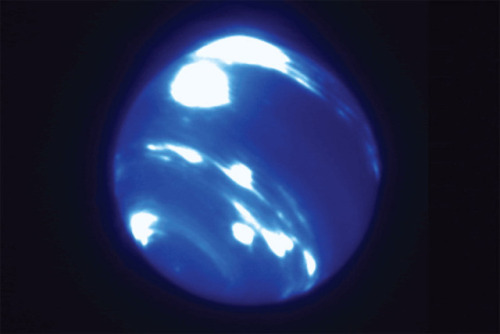
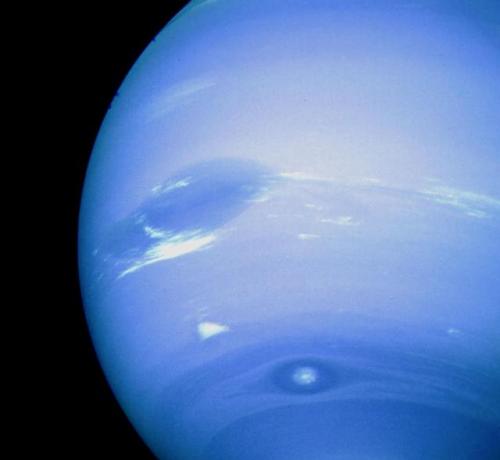
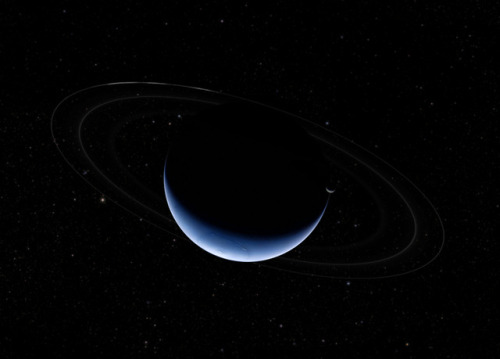
images of neptune
More Posts from Xnzda and Others
What is it Like to Visit Jupiter?
Jupiter is the largest planet in our solar system. For some perspective, if it were hollow, more than 1,300 Earths could fit inside of it! The giant planet contains two-thirds of all the planetary mass in the solar system and holds more than dozens of moons in its gravitational grip. But what about a visit to this giant planet?

Let’s be honest…Jupiter is not a nice place to visit. It’s a giant ball of gas and there’s nowhere to land. Any spacecraft – or person – passing through the colorful clouds gets crushed and melted. On Jupiter, the pressure is so strong it squishes gas into liquid. Its atmosphere can crush a metal spaceship like a paper cup.

Jupiter’s stripes and swirls are cold, windy clouds of ammonia and water. Jupiter’s Great Red Spot is a giant storm BIGGER THAN EARTH! This storm has lasted hundreds of years.

Since Jupiter’s atmosphere is made up of mostly hydrogen and helium, it’s poisonous. There’s also dangerous radiation, more than 1,000 times the lethal level for a human.
Scientists think that Jupiter’s core may be a thick, super hot soup…up to 50,000 degrees! Woah!
The Moons

Did you know that Jupiter has its own “mini solar system” of 50 moons? Scientists are most interested in the Galilean satellites – which are the four largest moons discovered by Galileo Galilei in 1610.
Today, Galileo would be astounded to know some of the facts about these moons. The moon Io has active volcanos. Ganymede has its own magnetic field while Europa has a frozen crust with liquid-water underneath making it a tempting place to explore for future missions.

When Juno arrives to Jupiter on July 4, it will bring with it a slew of instruments such as infrared imager/spectrometer and vector magnetometer among the half a dozen other scientific tools in its payload.
Juno will avoid Jupiter’s highest radiation regions by approaching over the north, dropping to an altitude below the planet’s radiation belts – which are analogous to Earth’s Van Allen belts, but far more deadly – and then exiting over the south. To protect sensitive spacecraft electronics, Juno will carry the first radiation shielded electronics vault, a critical feature for enabling sustained exploration in such a heavy radiation environment.
Follow our Juno mission on the web, Facebook, Twitter, YouTube and Tumblr.
Make sure to follow us on Tumblr for your regular dose of space: http://nasa.tumblr.com

Today’s APOD is particularly stunning.
Have you watched the Perseid meteor shower? Though the annual shower’s predicted peak was last night, meteor activity should continue tonight (August 13/14), best enjoyed by just looking up in clear, dark skies after midnight. Of course, this year’s Perseid shower has the advantage of being active near the August 14 New Moon. Since the nearly New Moon doesn’t rise before the morning twilight many fainter meteors are easier to spot until then, with no interference from bright moonlight. The Perseid meteor shower last occurred near a New Moon in 2013. That’s when the exposures used to construct this image were made, under dark, moonless skies from Hvar Island off the coast of Croatia. The widefield composite includes 67 meteors streaming from the heroic constellation Perseus, the shower’s radiant, captured during 2013 August 8-14 against a background of faint zodiacal light and the Milky Way. The next moonless Perseid meteor shower will be in August 2018.
Image Credit & Copyright: Petr Horálek

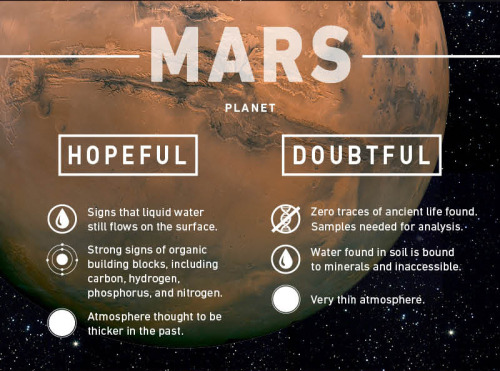
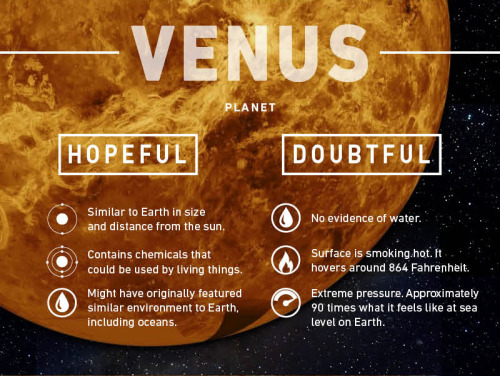
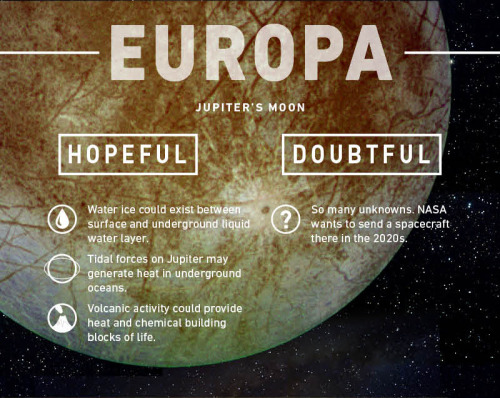
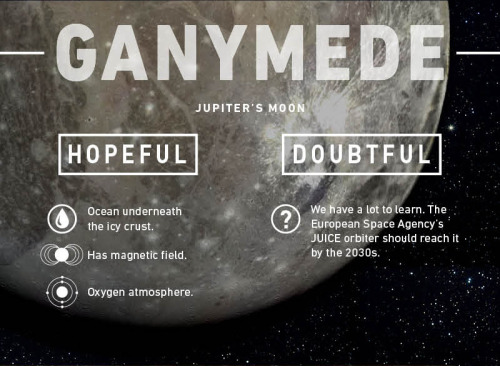



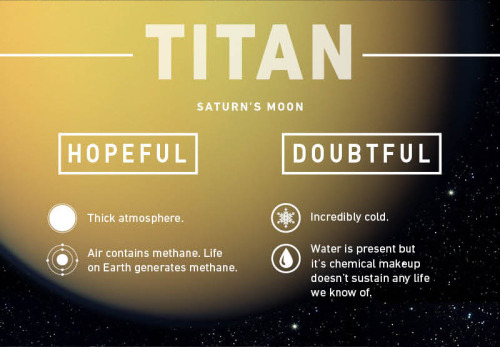
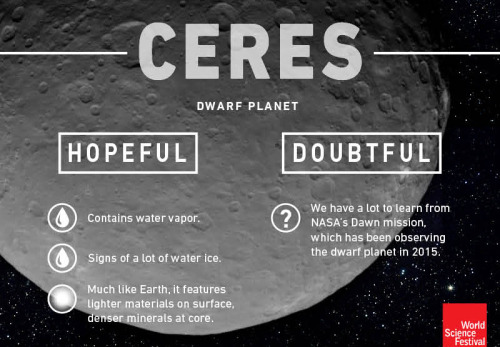
Where Could Life Exist?
When NASA scientists announced earlier this year that they had found evidence of liquid water on Mars, imaginations ran wild with the possibility that life could exist somewhere other than here on Earth.
Scientists continue to explore the possibility that Mars once looked a lot like Earth — salty oceans, fresh water lakes, and a water cycle to go with it. That’s exciting stuff.
So where else are they looking? What exactly are they looking for?
There are nine places in our universe where scientists say life is a possibility. The locations range from a smoking hot planet like Venus to a moon that orbits Saturn called Enceladus, which looks a lot like a massive, tightly-packed ball of ice.
All of these places show signs that water is, or at least was, a possibility. They also appear to feature some kind of energy that could produce heat.
full resolution
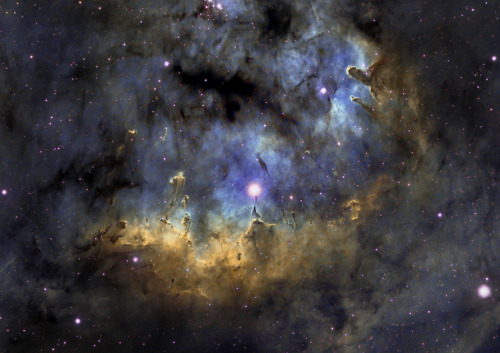
Astronomy Photo of the Day: 5/30/15 — Vividly Blue NGC 7822
This beautifully blue image comes from Manuel Fernández Suarez—an award winning astrophotographer. It provides a window into the heart of a stellar nursery, found approximately 3,000 light-years from Earth in the Cepheus constellation.
Called NGC 7822, it lurks on the outskirts of a behemoth molecular cloud (one of the largest in our galaxy), and contains numerous features, like the star cluster known as Berkeley 59, along with one of the hottest stars in our local part of the galaxy—called BD+66 1673 (there, temperatures can exceed 45,000 K).
As we noted before, “The region, formally known as NGC 7822, contains hundreds of newborn stars that are leaving their own mark on the interstellar material surrounding them, seeding it with heavy elements that will ultimately collapse to give life to a new generation of stars. These same stars are also slowly chipping away at some of the material, they in turn, give it its distinct shape and its designation as an emission nebula.”
Sources & Other Resources: http://bit.ly/1LPOf5M
Image Credit: Manuel Fernández Suarez
So it turns out, Pluto is red.

What color is Pluto? If you search for the dwarf planet on Google, images suggest that it’s a sort of steely blue or gray color. But now, NASA’s New Horizons spacecraft is closing in on it, and has learned Mars isn’t the only red planet in our solar system. But the reason it’s red couldn’t be more different from Mars.

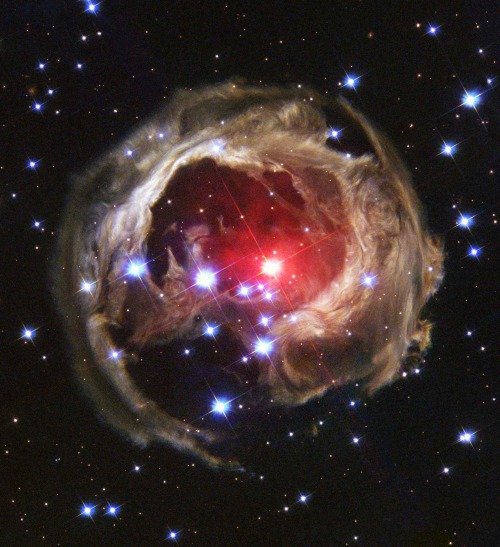
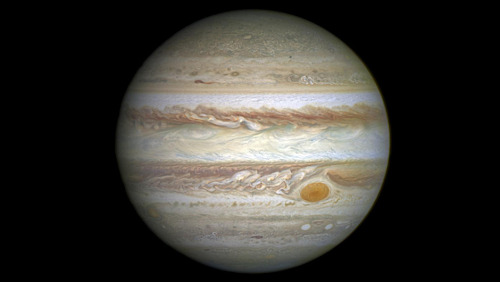
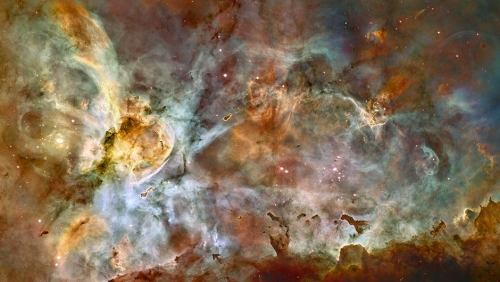
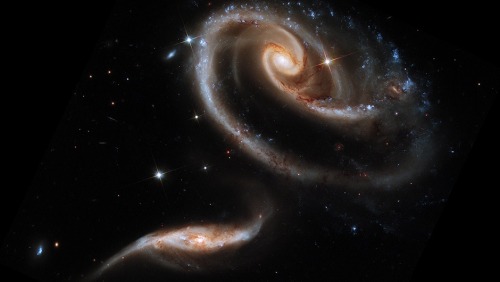

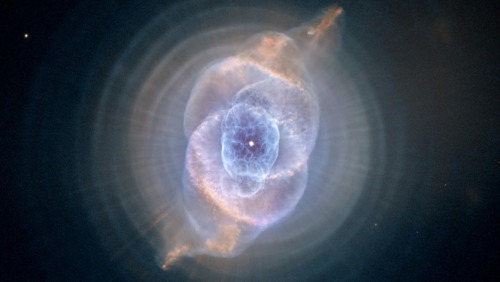
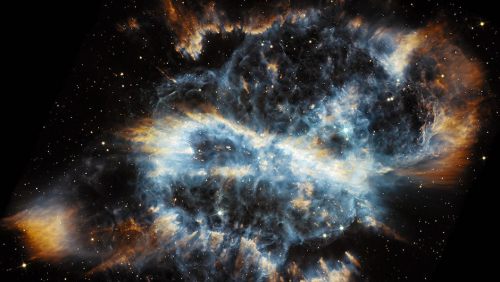
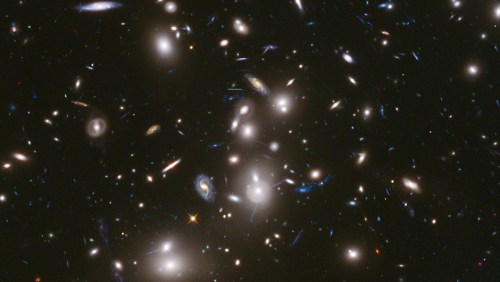
The best photographs that the Hubble space telescope has ever taken.
1. Sombrero galaxy
2. V838 Monocerotis
3. Jupiter’s great red spot
4. Carina nebula
5. Interacting galaxies
6. Pillars of creation
7. Cat’s eye nebula
8. Planetary Nebula NGC 5189
9. Abell 2744 Frontier Field
(Source)
-
 dontletmedrowntonight reblogged this · 3 weeks ago
dontletmedrowntonight reblogged this · 3 weeks ago -
 dontletmedrowntonight liked this · 3 weeks ago
dontletmedrowntonight liked this · 3 weeks ago -
 october-dot-fml reblogged this · 3 weeks ago
october-dot-fml reblogged this · 3 weeks ago -
 mars-graveyard reblogged this · 3 weeks ago
mars-graveyard reblogged this · 3 weeks ago -
 kleethoughts liked this · 3 weeks ago
kleethoughts liked this · 3 weeks ago -
 miralanders reblogged this · 3 weeks ago
miralanders reblogged this · 3 weeks ago -
 cptsdceliac reblogged this · 3 weeks ago
cptsdceliac reblogged this · 3 weeks ago -
 cptsdceliac liked this · 3 weeks ago
cptsdceliac liked this · 3 weeks ago -
 mixutin reblogged this · 3 weeks ago
mixutin reblogged this · 3 weeks ago -
 perdonalos liked this · 3 weeks ago
perdonalos liked this · 3 weeks ago -
 kudzoi reblogged this · 3 weeks ago
kudzoi reblogged this · 3 weeks ago -
 badegal liked this · 3 weeks ago
badegal liked this · 3 weeks ago -
 espinaca liked this · 1 month ago
espinaca liked this · 1 month ago -
 fionnaskyborn liked this · 2 months ago
fionnaskyborn liked this · 2 months ago -
 coraldates reblogged this · 3 months ago
coraldates reblogged this · 3 months ago -
 justbeyourselfsstuff reblogged this · 5 months ago
justbeyourselfsstuff reblogged this · 5 months ago -
 burntmoth liked this · 5 months ago
burntmoth liked this · 5 months ago -
 jessstressed liked this · 6 months ago
jessstressed liked this · 6 months ago -
 cloud9andrising reblogged this · 6 months ago
cloud9andrising reblogged this · 6 months ago -
 tcalvin liked this · 6 months ago
tcalvin liked this · 6 months ago -
 starryrika liked this · 7 months ago
starryrika liked this · 7 months ago -
 vingtquatree liked this · 8 months ago
vingtquatree liked this · 8 months ago -
 werewolff liked this · 8 months ago
werewolff liked this · 8 months ago -
 walaamm reblogged this · 8 months ago
walaamm reblogged this · 8 months ago -
 spirited-avvay liked this · 8 months ago
spirited-avvay liked this · 8 months ago -
 omgherbalicious reblogged this · 8 months ago
omgherbalicious reblogged this · 8 months ago -
 omgherbalicious liked this · 8 months ago
omgherbalicious liked this · 8 months ago -
 openscabwound reblogged this · 8 months ago
openscabwound reblogged this · 8 months ago -
 warcotuj8746 liked this · 8 months ago
warcotuj8746 liked this · 8 months ago -
 spikysoft liked this · 9 months ago
spikysoft liked this · 9 months ago -
 allarounddivinity liked this · 10 months ago
allarounddivinity liked this · 10 months ago -
 n-dbp liked this · 11 months ago
n-dbp liked this · 11 months ago -
 sippinthat-xo reblogged this · 11 months ago
sippinthat-xo reblogged this · 11 months ago -
 ritzynana reblogged this · 11 months ago
ritzynana reblogged this · 11 months ago -
 baddestvenus-in-virgo reblogged this · 11 months ago
baddestvenus-in-virgo reblogged this · 11 months ago -
 baddestvenus-in-virgo liked this · 11 months ago
baddestvenus-in-virgo liked this · 11 months ago -
 sailorviii liked this · 11 months ago
sailorviii liked this · 11 months ago -
 evilpuppyboy liked this · 11 months ago
evilpuppyboy liked this · 11 months ago -
 sumechiayuu reblogged this · 11 months ago
sumechiayuu reblogged this · 11 months ago -
 sumechiayuu liked this · 11 months ago
sumechiayuu liked this · 11 months ago -
 chryso-poeia liked this · 11 months ago
chryso-poeia liked this · 11 months ago -
 openclusters reblogged this · 1 year ago
openclusters reblogged this · 1 year ago -
 eldritch-pomegranate reblogged this · 1 year ago
eldritch-pomegranate reblogged this · 1 year ago -
 eldritch-pomegranate liked this · 1 year ago
eldritch-pomegranate liked this · 1 year ago -
 starrylabyriinth liked this · 1 year ago
starrylabyriinth liked this · 1 year ago -
 innanenastarte liked this · 1 year ago
innanenastarte liked this · 1 year ago -
 faefibs reblogged this · 1 year ago
faefibs reblogged this · 1 year ago
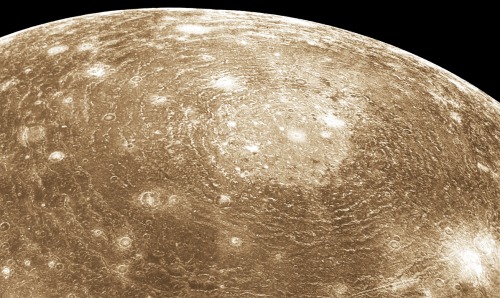
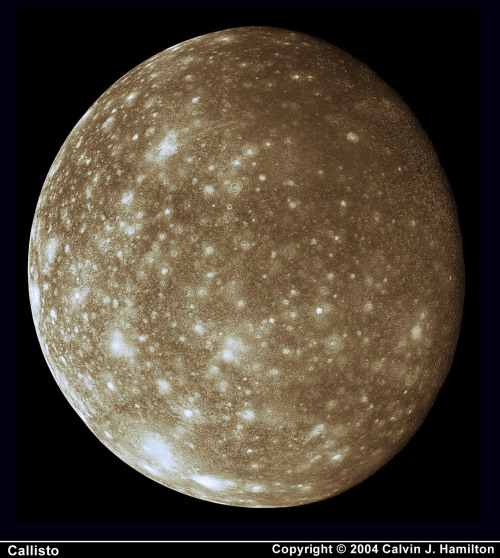
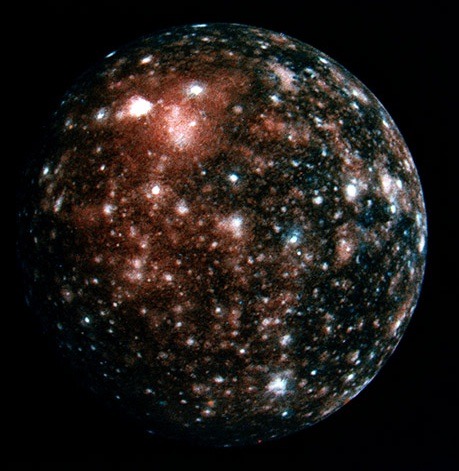

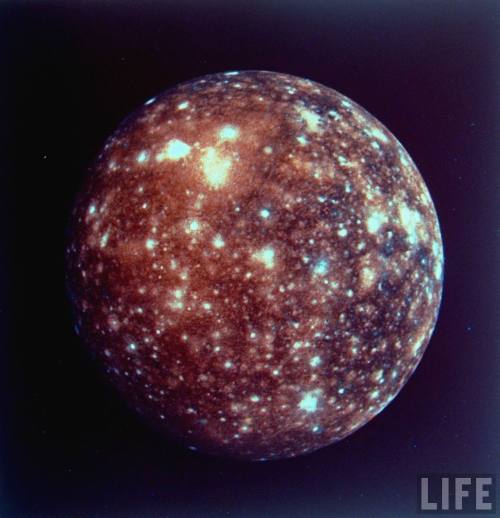
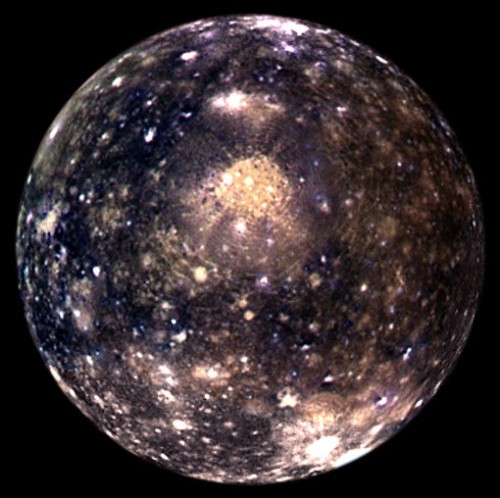



![Rose-Colored Storm On Jupiter Captured By Juno Spacecraft [1080 X 758]](https://64.media.tumblr.com/89d609ebb914f37a7661e278500f7f6b/tumblr_p63w1he5hC1ve10t6o1_500.jpg)